Native Plants of Indiana: 12 Low Maintenance Garden Ideas


Are you looking for plants that are native to the state of Indiana? We explain what it means to be an Indiana native plant and share a short list of some examples to get you started!
Indiana is home to a great array of native plants: from trees and shrubs - like Grey Dogwood (Cornus racemosa), Eastern White Pine (Pinus strobus) or Black Chokeberry (Aronia melanocarpa) - to wildflowers and grasses. As you'll learn below, there are so many advantages to using native plants if you have the opportunity to re-introduce them to your yard. To help get you started on your journey regardless of your yard's conditions, I've pulled together a list of 12 Indiana native plants that will work in full sun, partial sun/partial shade, or full shade for you to browse. But first...
What are Native Indiana Plants?

We consider plants to be native to Indiana if they have grown in the region we have referred to as "Indiana" for thousands of years. This means that the native plants with which we interact today are the descendants of species that were supporting Indiana's ecosystems long before the arrival of European colonists. Over thousands and thousands of years, these species have become especially well-adapted to thrive in Indiana's climate and soils, while providing essential habitat for wildlife. They also happen to be amazing plants for your garden or home landscape: they are generally resistant to local pests and suffer few disease problems, are drought tolerant, require no fertilizer and are low maintenance. Finding the right native plants for your Indiana yard will improve the look and ecological value of any landscaping project year round.

Why are Native Plants Important?
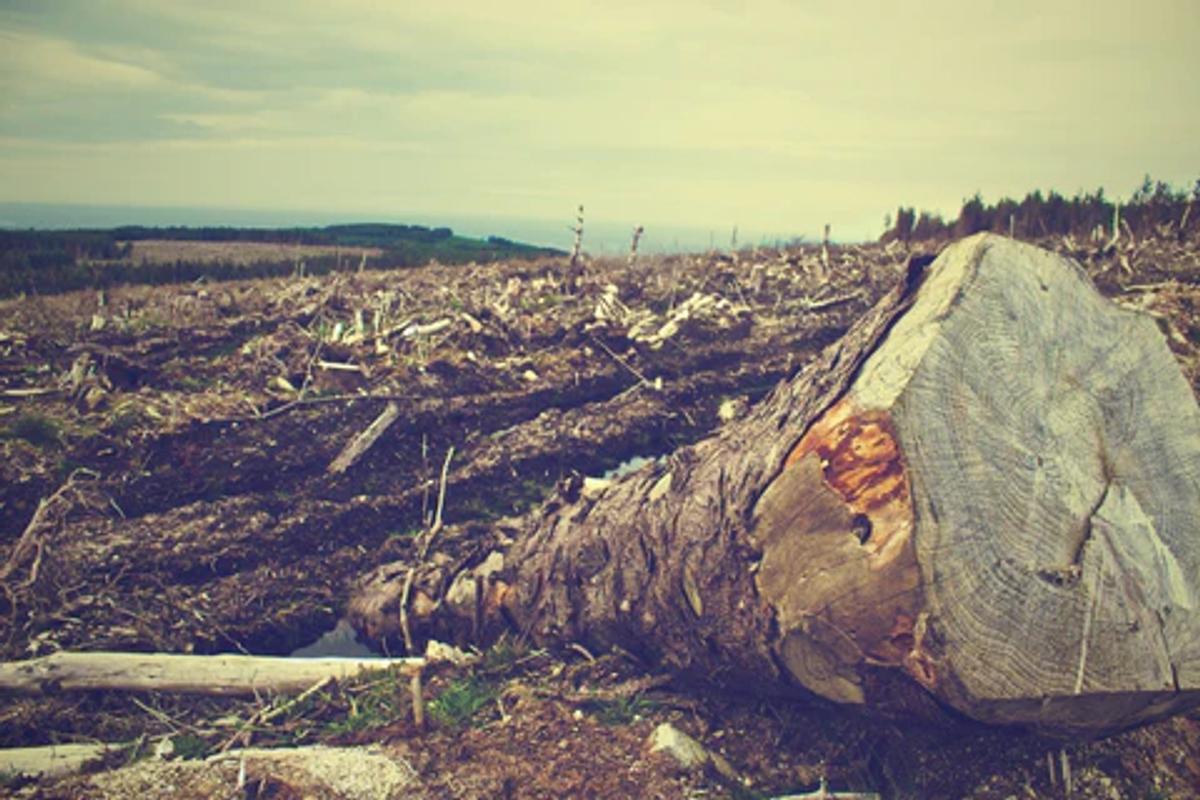
There has been an ongoing and incredible loss of animal life worldwide over the past 150 years. This is a tragedy that has affected almost every major group of wildlife, including the many native bees, butterflies, birds, and other insects and beneficial wildlife that allow our natural world to function. A leading driver of this crash is land mismanagement: as humans, we've spent far too long removing the native Indiana plants our local wildlife and ecosystems need, and replacing them with ornamental plants and other species that do very little or even nothing to support our environment in any meaningful way.
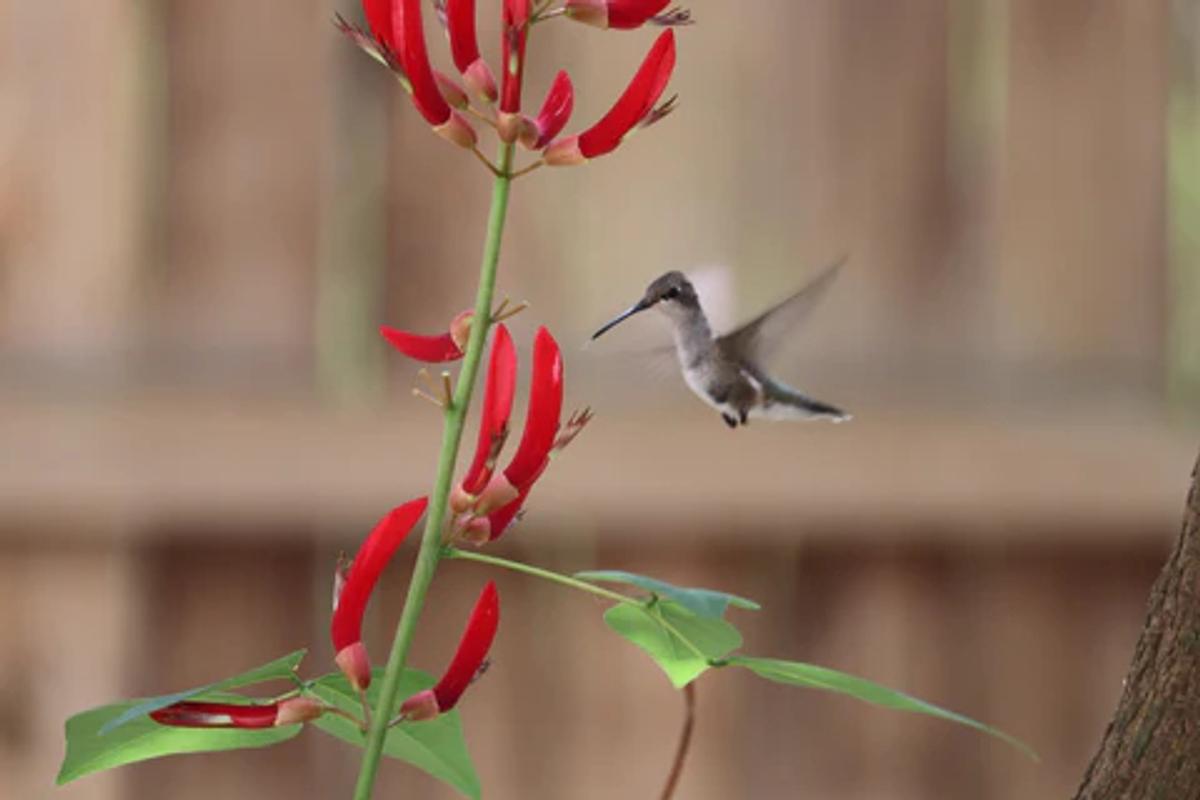
By contrast, every native shrub, tree, grass, and flower is adapted to provide food and shelter for many bees, butterflies, birds, and other pollinators. Simultaneously, these plants sequester more carbon, cycle more nutrients into the soil, and retain more storm water than turf grass and other ornamental plants. Many species of native plants can survive in poor soils and are drought tolerant and deer resistant once established. Simply by adding a native garden bed or including some native plants or seeds in your other landscaping efforts, you can directly help to reduce atmospheric CO2, create fertile soil, and reestablish a healthy environment. Read on below to see our list of native plants.
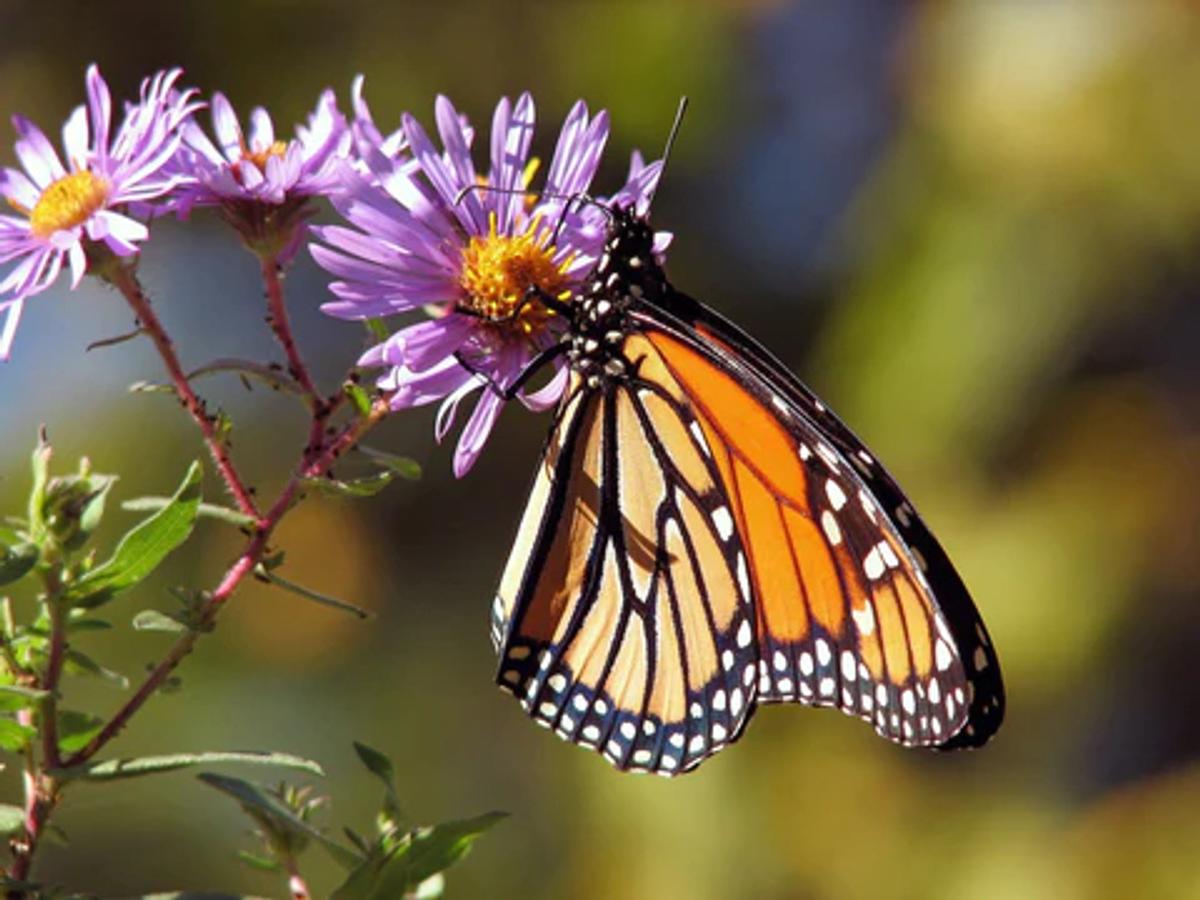
Indiana Native Plants for Landscaping
Here is just a handful of plants native to Indiana, split up into three major categories of sun exposure for convenience. In your garden, these plants will support many native bees, butterflies, birds, and other insects and wildlife; and most can be found, along with other Indiana native plants, in My Home Park's pre-designed gardens for Indiana.
Native Plants for Full Sun
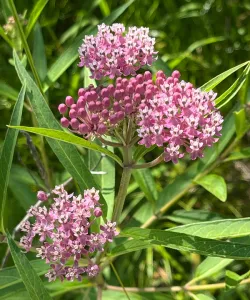
Red Milkweed, also called Swamp Milkweed, is native to all of the eastern United States and west up into the Rockies. As the name Swamp Milkweed suggests, this awesome herbaceous perennial plant prefers being in consistently moist soil, where it will happily put forth rich, ruby flowers. A boon for many insects, this summer bloomer is a particularly important as a host plant for the endangered Monarch Butterfly (Danaus plexippus) - which feed exclusively on plants in the Milkweed family (genus Asclepias).

When people think of native plants or wildflowers, Black-Eyed Susans are often one of the first plants that jumps to mind. Its yellow showy flowers are a delightful addition to any full sun garden and will offer year round support for wildlife: feeding pollinators in the summer and, during Indiana's cold winters, offering their readily available seeds up for hungry birds. When people think of native plants or wildflowers, Black-Eyed Susans are often one of the first plants that jumps to mind. Its yellow showy flowers are a delightful addition to any full sun garden and will offer year round support for wildlife: feeding pollinators in the summer and, during Indiana's cold winters, offering their readily available seeds up for hungry birds.
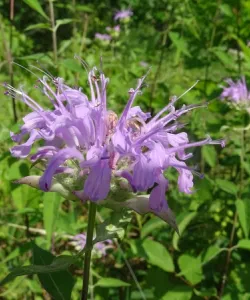
Native to Indiana and many other parts of North America, Wild Bergamot (also called Bee Balm) is a ubiquitous and beautiful native plant. This is an incredibly adaptable plant that will tolerate most soil conditions (except very wet soil) and will thrive in full or partial sun. Its lovely lavender flowers will attract butterflies, bees, and even hummingbirds to your garden during its mid summer bloom. An easy native plant to maintain, Wild Bergamot grows about 3.5' tall on average and requires only rare division to keep in one place.
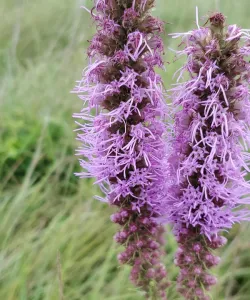
Prairie Blazing Star is a sensational plant, both as a statement piece in your native garden and as a resource for bees, butterflies and other insects. This plant prefers full sun and moist soil and, planted together, will create a wall of vibrant lavender flowering stems during its summer bloom. Prairie Blazing Star is also an especially good choice if you are struggling to find native plants that do well in any of Indiana's clay soils.
Native Plants for Partial Sun/Shade
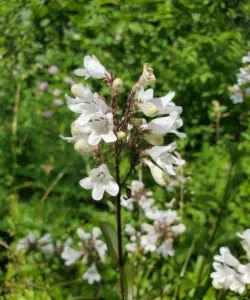
Smooth Beardtongue (also called Smooth Penstemon or Foxglove Beardtongue) is a an excellent addition to yards with full sun to light shade. Its tubular tiny white flowers are irresistible to many of our native bees and will even attract hummingbirds to your garden during its late spring bloom. Growing to no more than 3' in height (once fully established), Smooth Beardtongue will thrive in clay but prefers well drained soil (though seasonally moist soils are perfectly fine!).

Great Blue Lobelia grows to around 3' to 4' and forms a tall spike covered in blue flowers in summer that lasts right up into early Fall. A natural pair with other Cardinal Flower (Lobelia cardinalis), this plant will do best in medium to moist (or even wet) soils in light shade.

Lanceleaf Coreopsis is one of our absolute favorite native plants. Highly adaptable and happy in partial to full sun, this plant will burst forth with buttery yellow flowers in late spring to mid summer and, unlike many other plants, just won't quit! Native bees, butterflies, and other insects will be drawn in daily to feast. An easy-to-manage addition for any native garden.
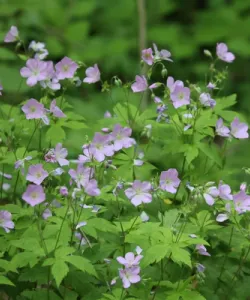
These aren't your grandma's geraniums! Wild Geranium are a perennial and great resource for pollinators in your garden. Growing up to a foot and and a half, this plant acts as great ground cover to fill in the gaps and crowd out weeds.
Native Plants for Full Shade
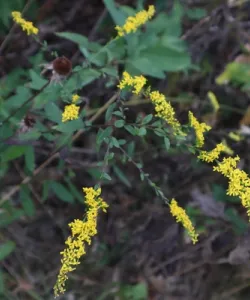
All goldenrods (plants in the genus Solidago) are among the most important native plants in North America. This is because they tend to bloom in late summer when many other flowers have come and gone; and their flowers offer amazing support for many species of beneficial insects. Elm-Leaved Goldenrod is one of just a few goldenrods that enjoys life with little sun. This is a great plant for a shade garden with mesic soil and will often bloom all the way into early Fall.
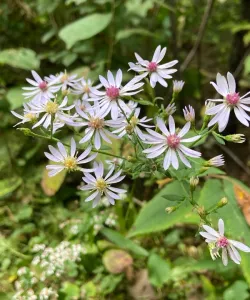
Also known as Blue Wood Aster, Heart Leaf Asters (unsurprisingly featuring lance-like, heart shaped leaves) liven up the late summer shade with a burst of whitish blue flowers. Much like the goldenrods, Asters (often as genus Symphyotrichum) tend to be heavy hitters when it comes to wildlife support. Heart Leaf Asters will help bees, butterflies, and other pollinators as the seasons turn towards Fall. Although found throughout the state, Heart Leaf Aster occurs more frequently in central and southern Indiana.

Growing up to 5' in height, Ostrich fern is a bold and beautiful addition of texture for moist woodlands and larger, full to part shade garden beds alike. This plant will spread via its roots to form dense colonies which can help stabilize soils. It's also highly deer and rabbit resistant, so should keep its gorgeous foliage throughout the year.
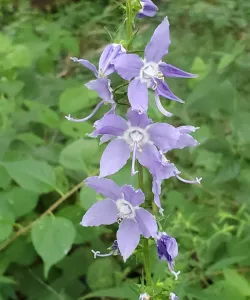
Also called Tall Bellflower, this plant will shoot up tall spikes of blue bell-shaped flowers in mid to late summer. This plant will attract butterflies, bees, and even hummingbirds to your full to partial shade garden. Technically a biennial, American Bellflower self-seeds effectively enough to feel like a perennial.
What You Can Do Today

If you live in Indiana, My Home Park has a large collection of pre-designed gardens that bring together diverse sets of Indiana native plants produced by expert, organic growers in the Great Lakes region. These gardens are designed to bloom from early spring to early fall, beautifying your landscape while supporting wildlife. Check out our catalog for Indiana or explore our offerings for other states in the Great Lakes region to get started today! You can also check out the Indiana Native Plant Society for additional resources on all the ways native plants can revolutionize your yard.
Share this article


